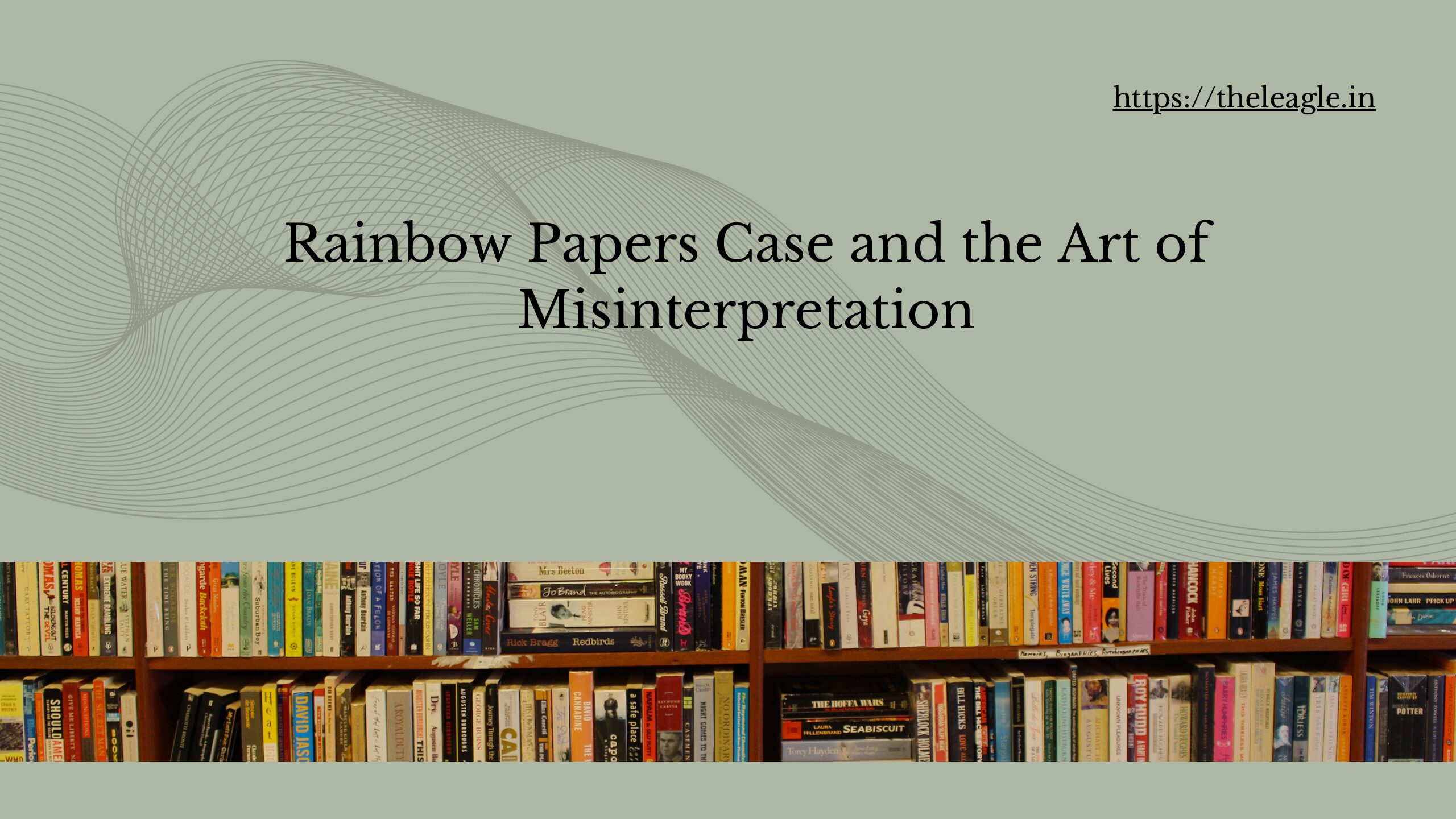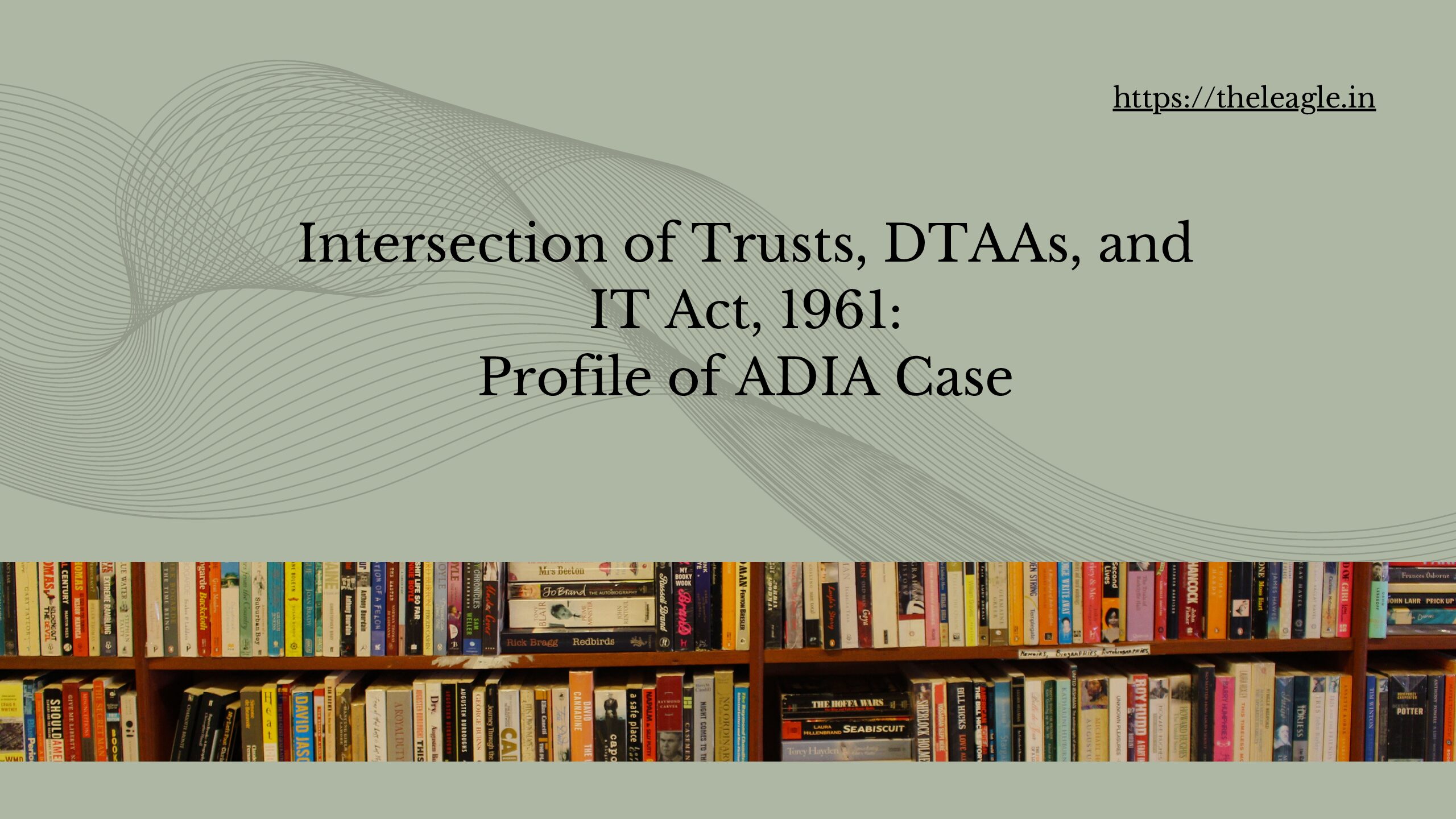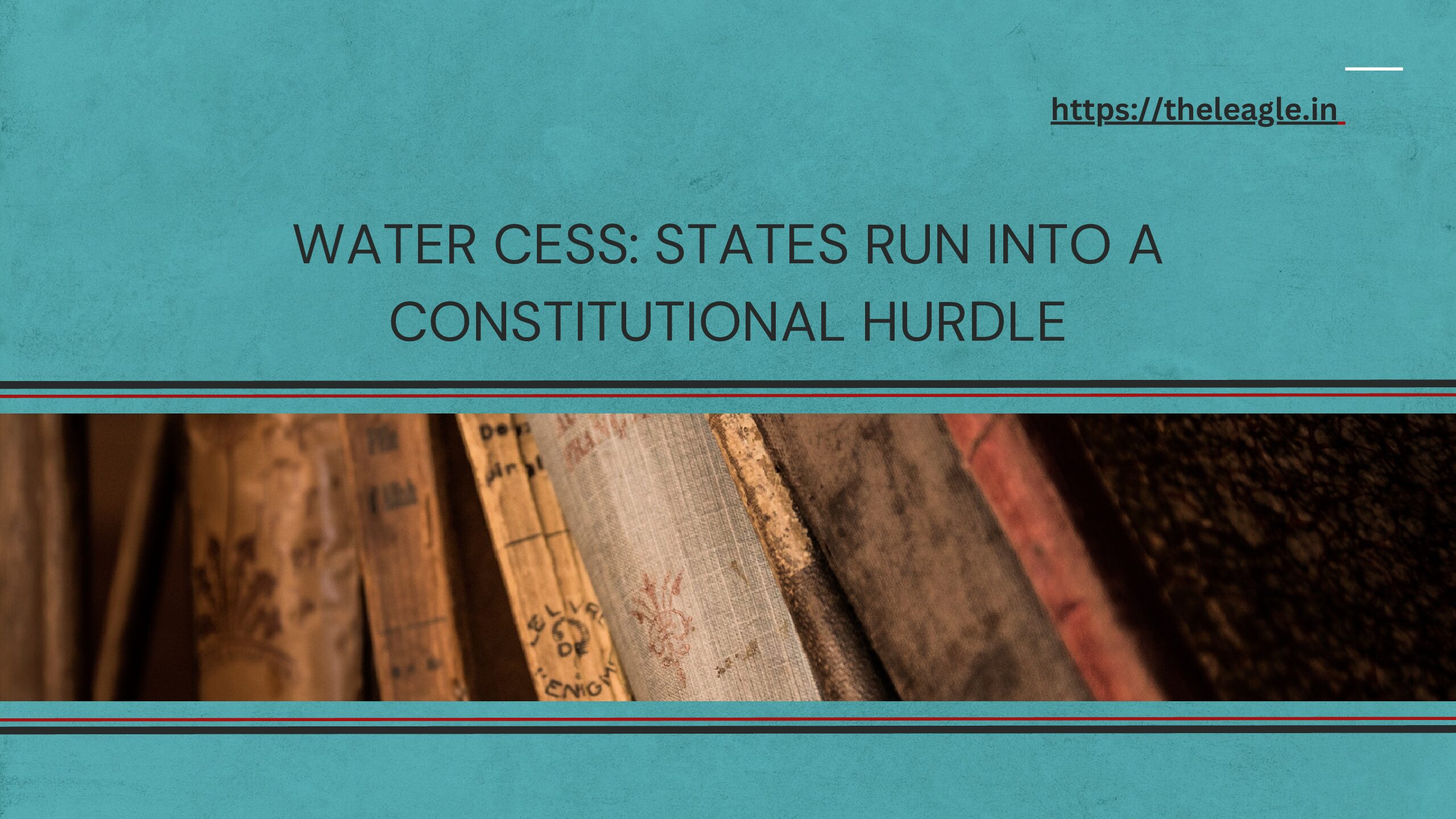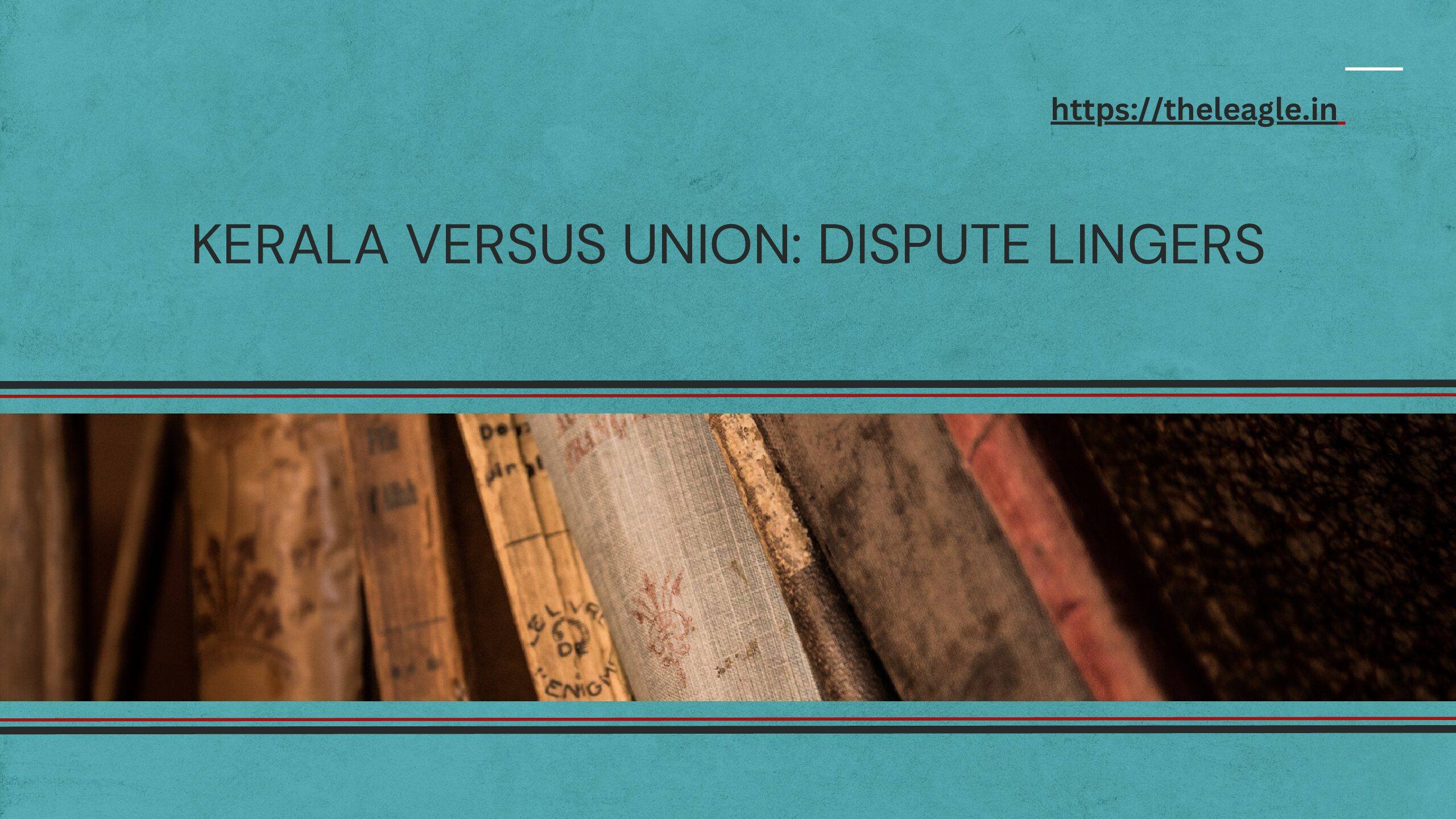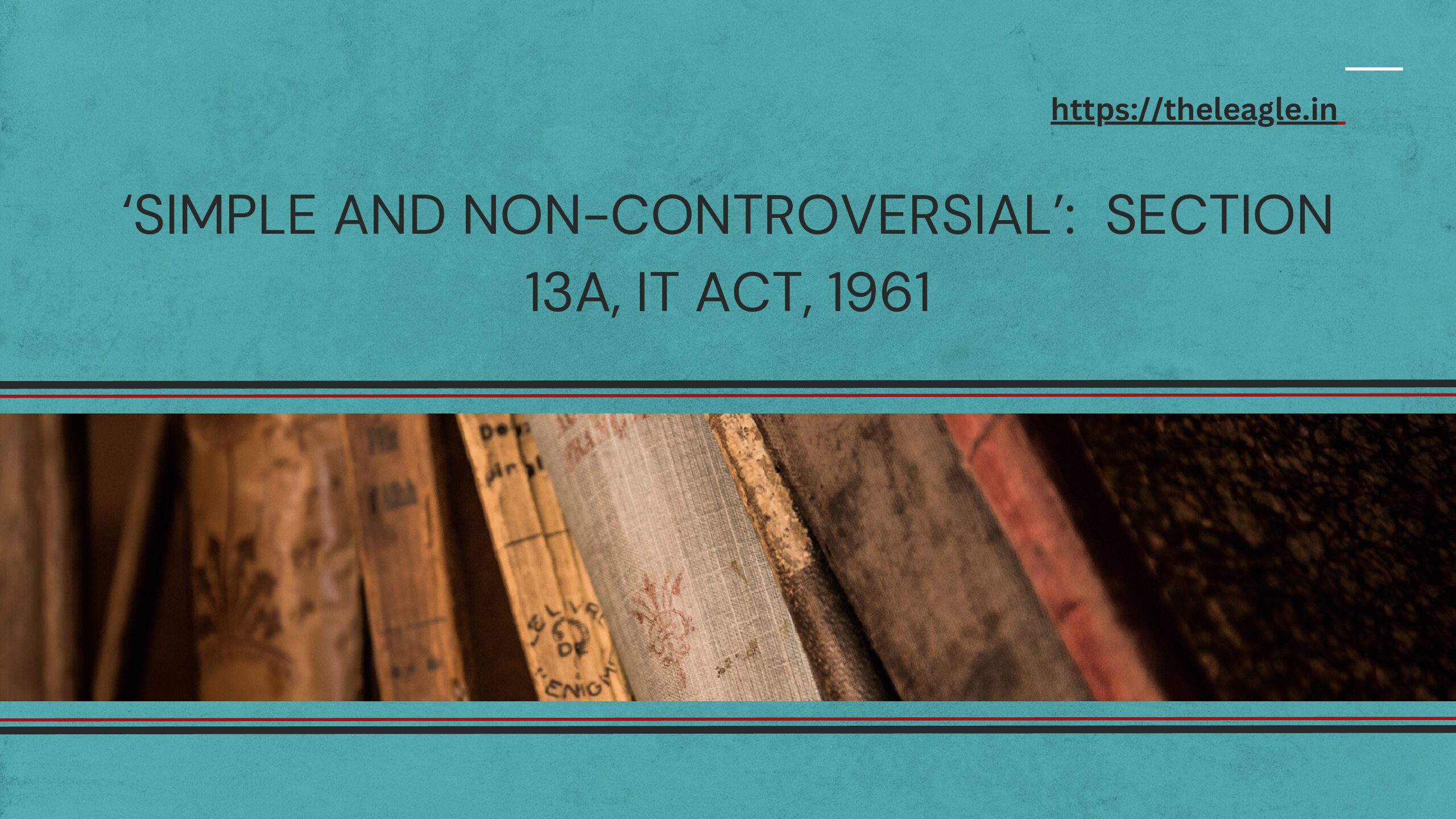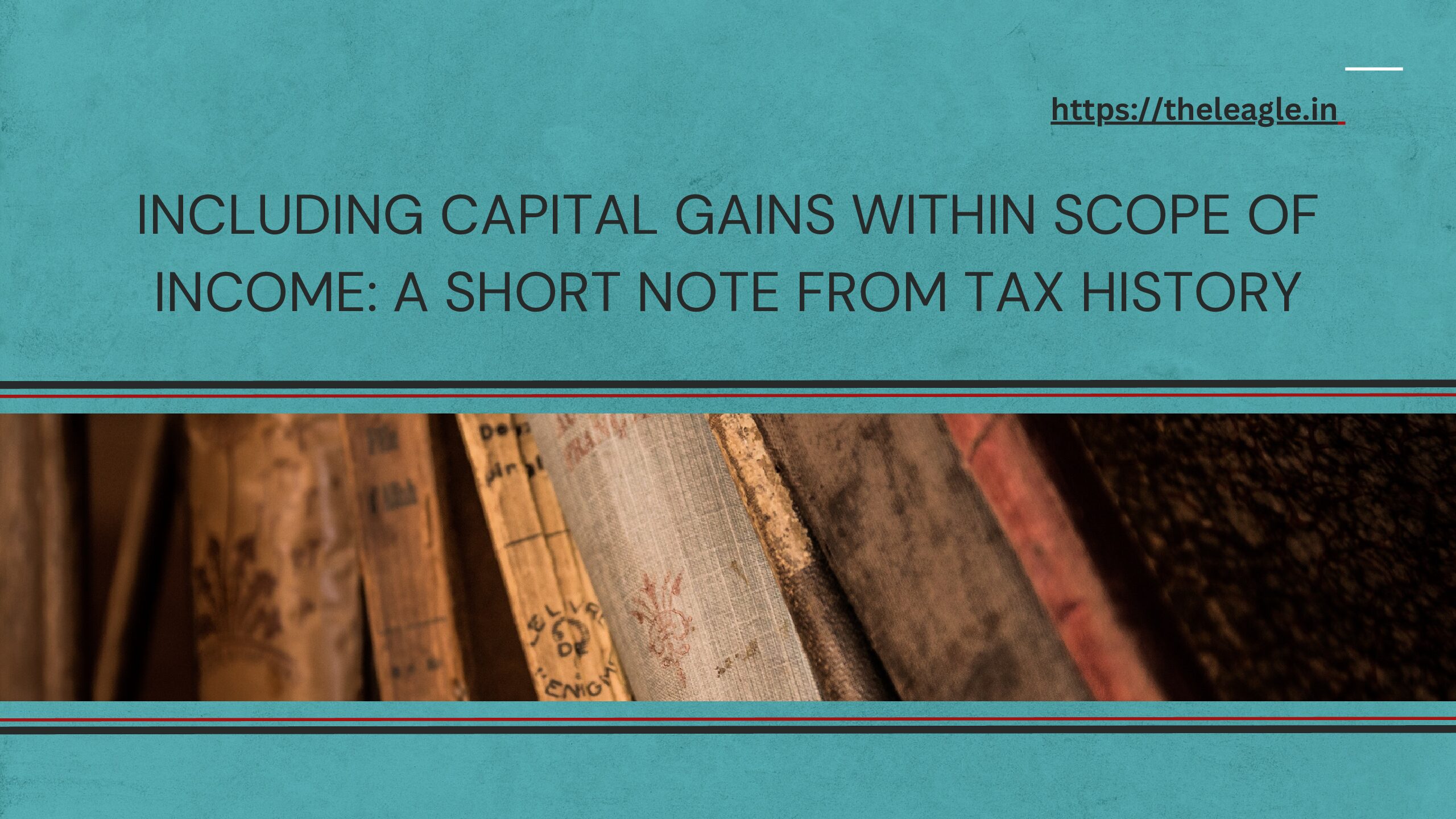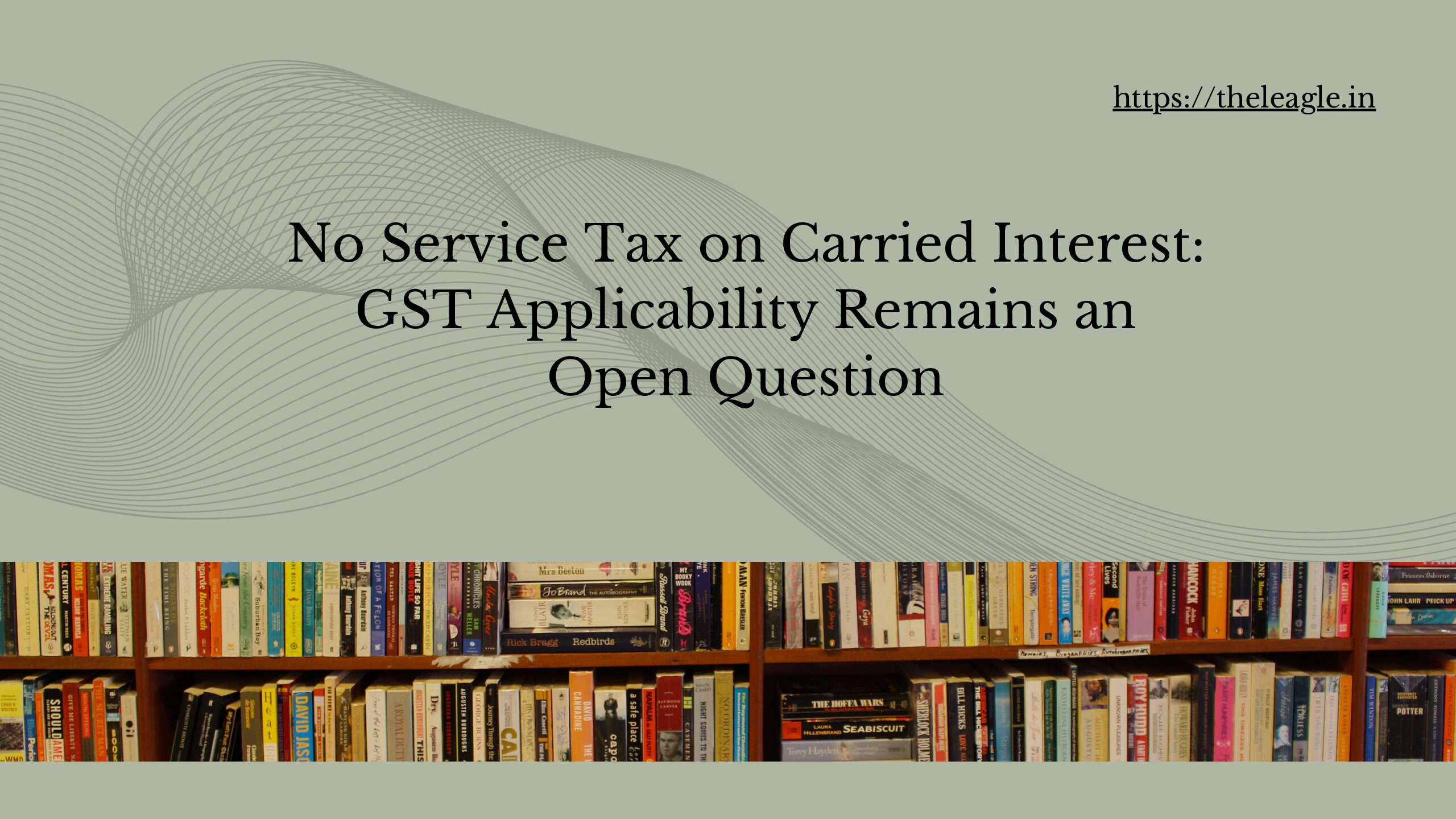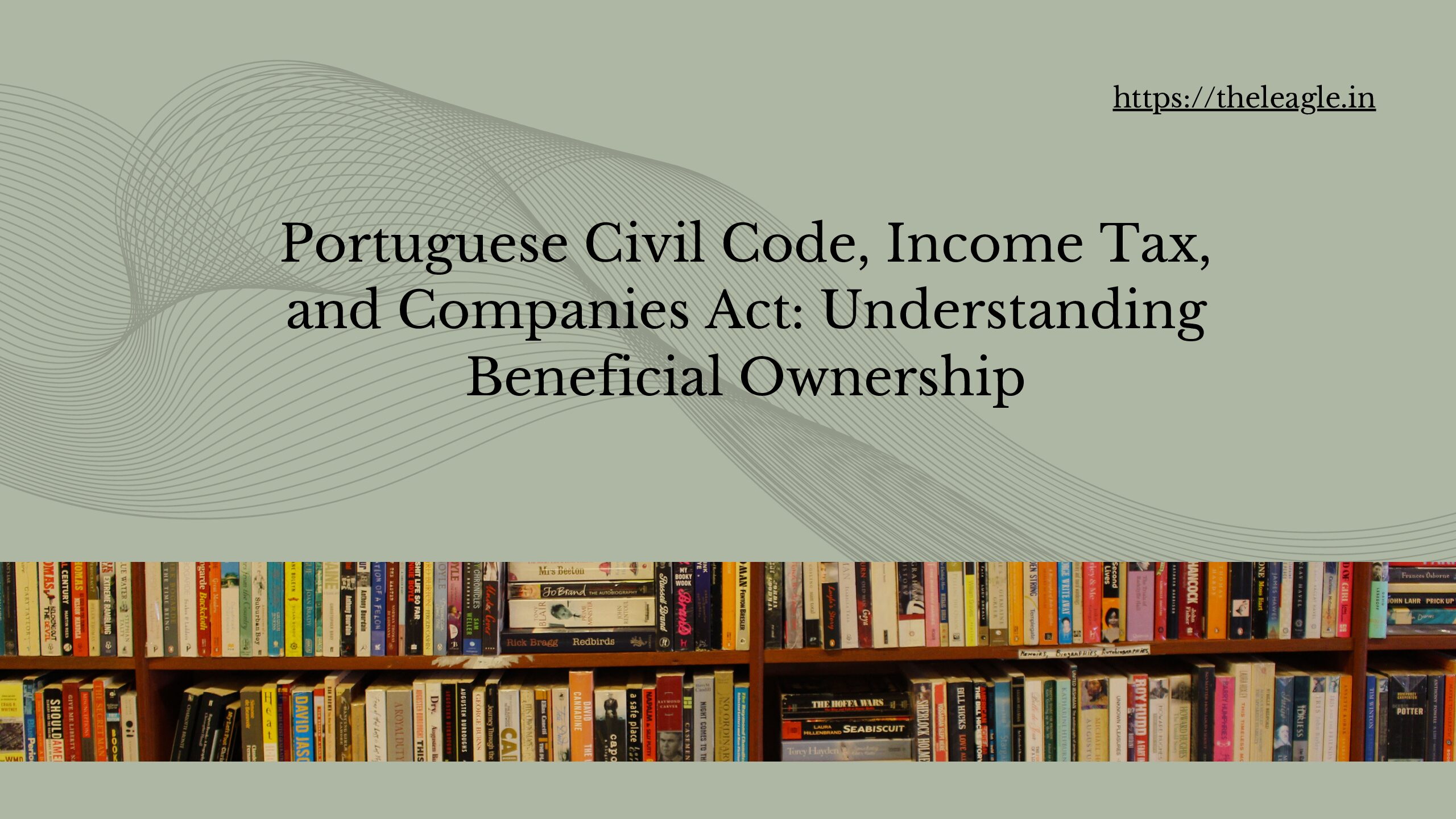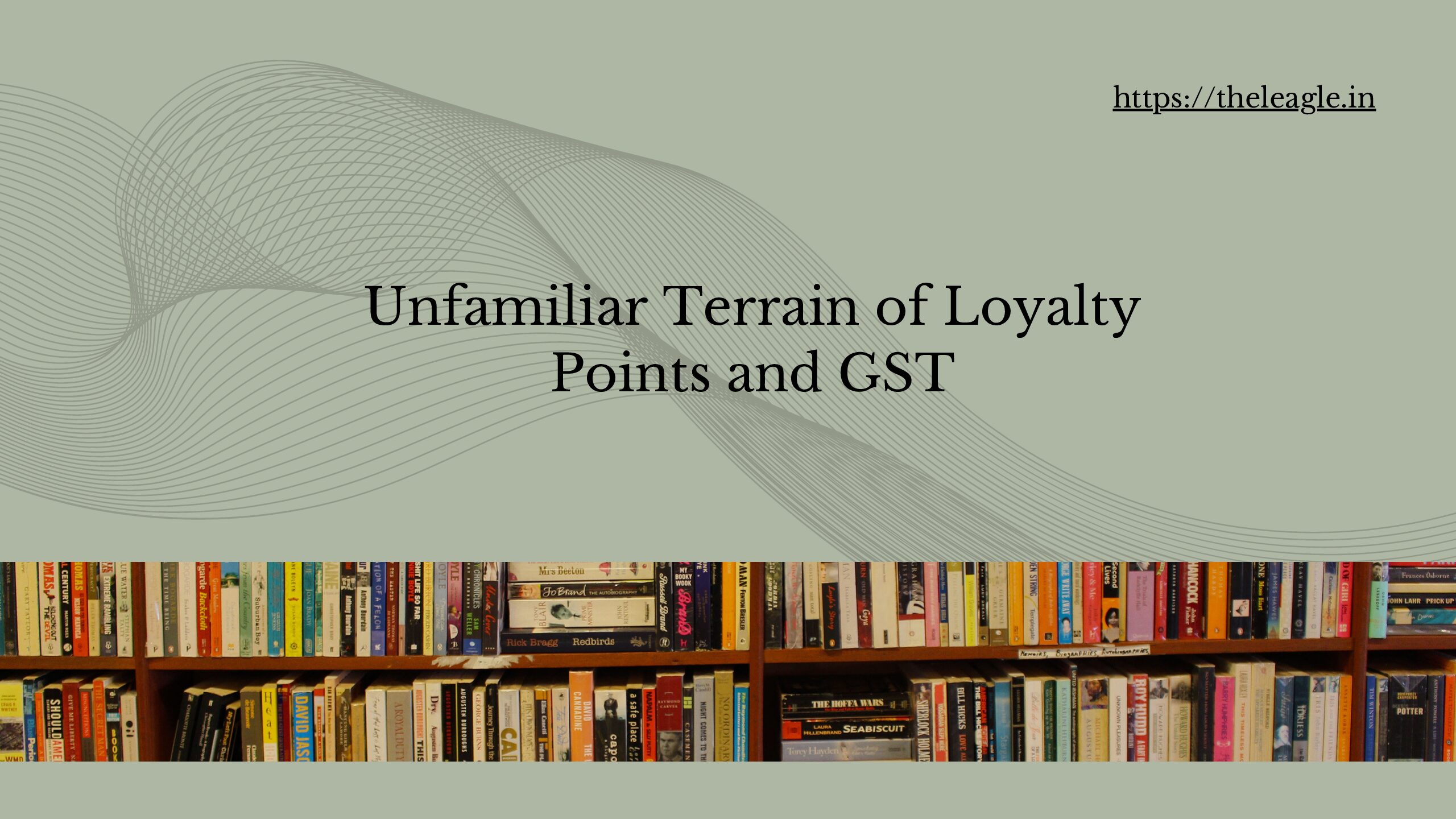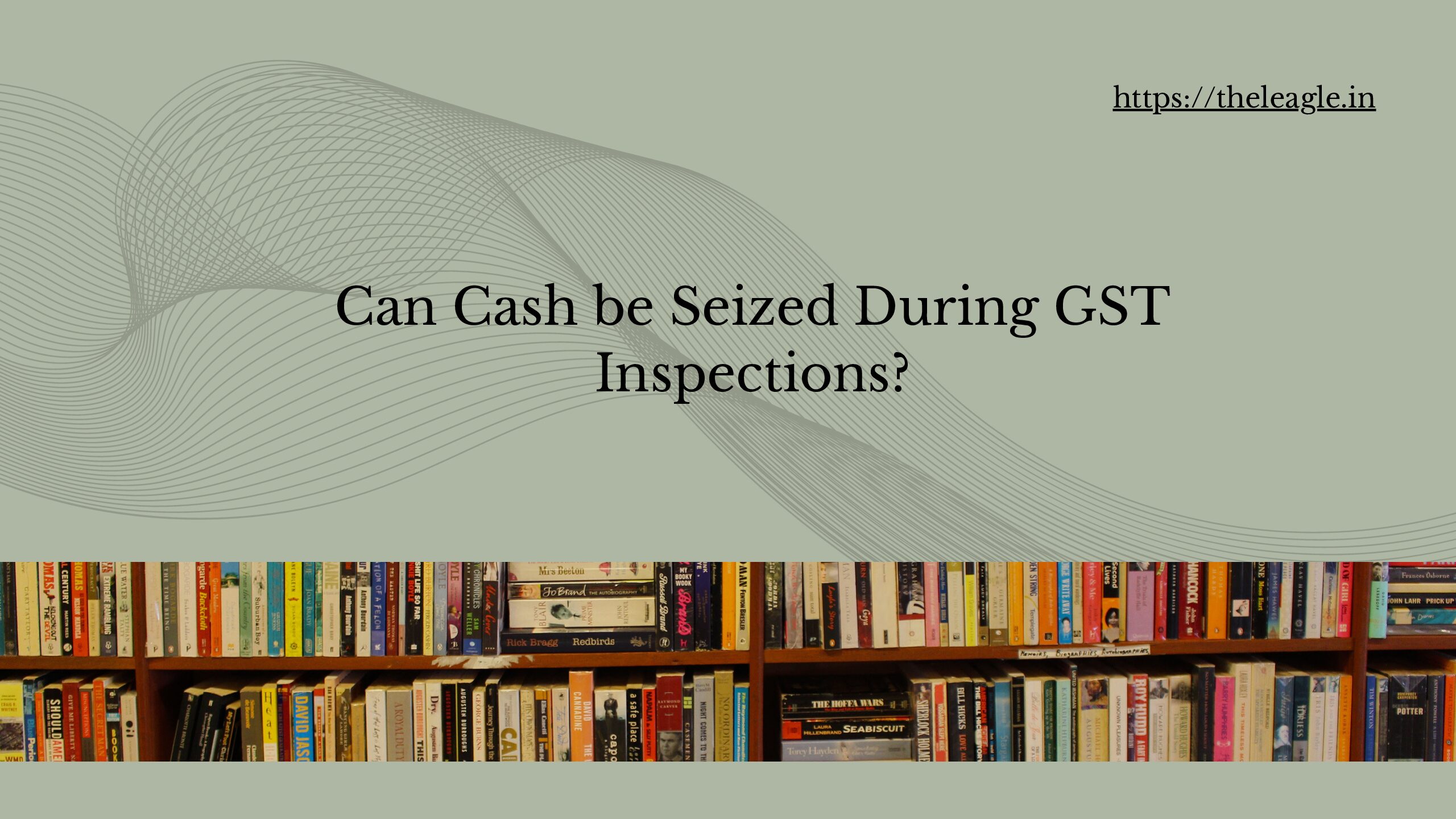On September 6, 2022, the Supreme Court pronounced its judgment in Rainbow Papers case that unsettled prevailing understanding of the waterfall mechanism under Section 53, Insolvency and Bankruptcy Code, 2016 (‘IBC’). And equally unconvincingly defended the merits of the decision in the review petition further entrenching a position of law that is not aligned with the text of Section 53 of IBC and other provisions of IBC. In this post, I look at the case, its dissatisfactory interpretive approach, and the implications.
Interpretive Question
In the impugned case, the corporate debtor owed VAT and Central Sales Tax to the State tax authorities. When the insolvency proceedings were initiated, the tax claims were filed before the Resolution Professional, but the Resolution Professional informed the tax authorities that their claims had been waived off under the final Resolution Plan. The tax authorities challenged the Resolution Plan on the ground that tax claims cannot be waived as the State was a secured creditor. The claim of tax authorities was not accepted inter alia on the ground that tax authorities were not secured creditors as per Section 53, IBC. The appeal against the decision reached the Supreme Court.
One of the issues before the Supreme Court was about the interplay between Section 48, Gujarat VAT Act, 2003 and Section 53, IBC. The former provided that:
Notwithstanding anything to the contrary contained in any law for the time being in force, any amount payable by a dealer or any other person on account of tax, interest or penalty for which he is liable to pay to the Government shall be a first charge on the property of such dealer, or as the case maybe, such person.
Two things worth pointing out: first, the non-obstante clause in the provision which ensures the provision overrides every other law; second, that tax shall be the first charge on the property of the taxpayer who owes money to the State. Section 48, Gujarat VAT Act, 2003 ran into conflict with Section 53, IBC which provides for the waterfall mechanism or the priority in which proceeds from sale of liquidation assets shall be distributed. Section 53 accords priority to secured creditors while any amount due to the Union or State is lower in priority. Which means in case there is not sufficient money after payment to secured creditors, the State may not get paid its taxes owed by the corporate debtor. To prevent such a situation, tax authorities – at the Union and State level – have repeatedly argued that they are akin to secured creditors, without much success except in the impugned case.
Section 30(2), IBC
Before the Supreme Court, the State clarified that that its case is not that Section 48, Gujarat VAT Act, 2003 prevails over Section 53, IBC. Instead, its argument was that the view of lower judicial authorities that State was not a secured creditor was an erroneous view and contrary to definition of a secured creditor. Section 3(30), IBC, 2016 defines secured creditor to mean a person in whose favor a security interest is created. And, Section 3(31) further defines security interest in wide terms to include within its scope right, title, interest, or claim to a property created in favor of or provided for a secured creditor by a transaction which secures payment or performance of an obligation and includes mortgage, charge, hypothecation, etc. Relying on the aforesaid provisions, the State claimed that the statutory charge created by Section 48, Gujarat VAT Act, 2003 was a security interest under Section 3(31) and State was a secured creditor under Section 3(30) of IBC.
The State further argued that the approved resolution plan waived the tax claims and was not in accordance with Section 30(2), IBC which inter alia enjoins a resolution professional to examine each resolution plan received by him and ensure that liquidation costs are met and payments to operational creditors are not less than they would be received in event of liquidation. The Supreme Court accepted this argument and observed that a resolution plan that does not meet the requirements of Section 30(2) would be invalid and would not be binding on the State or Union to whom a debt in respect of dues arising under any law for the time being in force is due. (para 48)
The Supreme Court’s understanding of the scope and mandate of Section 30(2) is fair and reasonable until it applied its understanding to the facts of impugned case. As per Supreme Court, a resolution plan must be rejected by an adjudicating authority if the plan ignores statutory demands payable to State government or a legal authority altogether. (para 52) And that a Committee of Creditors cannot secure its dues at the cost of statutory dues owed to the Government. (para 54) Thus, if a company cannot repay its debts – including statutory dues – and there is no contemplation of dissipation of its debts in a phased manner, then the company should be liquidated, its assets sold, and proceeds distributed as per Section 53, IBC, 2016.
The above observations mean that a resolution plan of corporate debtor is contrary to Section 30(2), IBC, 2016 if it waives statutory dues. This observation casts too wide a tax net, and would possibly mean that tax waivers for corporate debtors would inevitably make the resolution plan violative of IBC, 2016 defeating the purpose of reviving distressed companies. If the tax burden of a corporate debtor – significant or otherwise – cannot be waived to ensure its revival, and every tax outstanding tax demand must be necessarily or in some proportion to be satisfied, that places an onerous burden on a distressed company. Some elbow room needs to be available to final a resolution plan that may waive some outstanding tax dues to revive the company in question.
State as a Secured Creditor
The other issue that the Supreme Court had to navigate was whether the non-obstante clause of Section 48, Gujarat VAT Act, 2003 would prevail over the non-obstante clause contained in Section 53, IBC. The Supreme Court held that the two provisions are not in conflict with each other as the latter cannot override the former since the State is a secured creditor. It noted:
Section 3(30) of the IBC defines secured creditor to mean a creditor in favour of whom security interest is credited. Such security interest could be created by operation of law. The definition of secured creditor in the IBC does not exclude any Government or Governmental Authority. (para 57)
The above cited conclusion of the Supreme Court is clearly contradictory to the understanding that prevailed before this decision and the text of Section 53, IBC. Secured creditors are a separate category under Section 53, IBC while dues owed to the Union or State – that are to be credited either to the Consolidated Fund of India or the State – are a separate category. Since, the latter have been clearly demarcated as a separate category it is evidence that the legislators did not intend to club them with secured creditors. The only reasonable explanation for including State as a secured creditor was if the taxes due to the State were not mentioned as a separate category in Section 53, IBC. However, when dues payable to State have clearly been mentioned as a separate category, there is little justification to include State in secured creditor category. Merely by observing that the definition of secured creditor does not expressly exclude State from its definition, does not necessarily lead to the conclusion that State is included. Provisions of IBC need to be interpreted harmoniously, and Court should have taken cognizance of the definition of secured creditor alongside the waterfall mechanism under Section 53, IBC to arrive at a more reasonable conclusion.
Review of Rainbow Case
An application to review the decision in Rainbow case was filed, inter alia, on the ground that the Supreme Court in a subsequent decision had cast suspicion on the Rainbow case. The Supreme Court in PVVN Ltdcase noted that the judgment in Rainbow case ‘has to be confined to the facts of that case alone.’ (para 53) It clearly doubted the correctness of the judgment and observed that Parliament’s intent to accord to lower priority to State’s dues was clear from Section 53, IBC. Relying on the observations of the PVVN Ltd, a review was filed against the Rainbow decision. The Supreme Court dismissed the review and held that in Rainbow case all the relevant provisions were correctly and categorically reproduced, and the ‘well- considered judgment’ should not be reviewed. (para 27)
Conclusion
The decision in Rainbow case is an apt example of the misinterpretation and the error is blatant because there is no ambiguity in Section 53, IBC and the ‘silence’ in the definition of secured creditor was unjustifiably interpreted in favor of the State. By interpreting the definition of secured creditor and security interest in an unjustifiably wide manner, the Supreme Court completely upturned the priority of payments prescribed under Section 53, IBC. And while some of us make take solace in the fact that the decision in Rainbow case will be confined only to the facts of that case, it is just polite speak for a decision that goes against the plain text and intent of IBC. And what does ‘confined to facts of the case’ really mean? If any statute creates a charge in favor of State, Rainbow case is applicable? Or anytime taxes due are waived from a resolution plan, Rainbow case is applicable? The answers aren’t clear.
In my view, Rainbow case is an example of misinterpretation of IBC, and no less. The suggestion that its applicability is confined only to the facts of the case cannot hide the misinterpretation of relevant provisions of IBC, specifically the scope and meaning of secured creditor.
